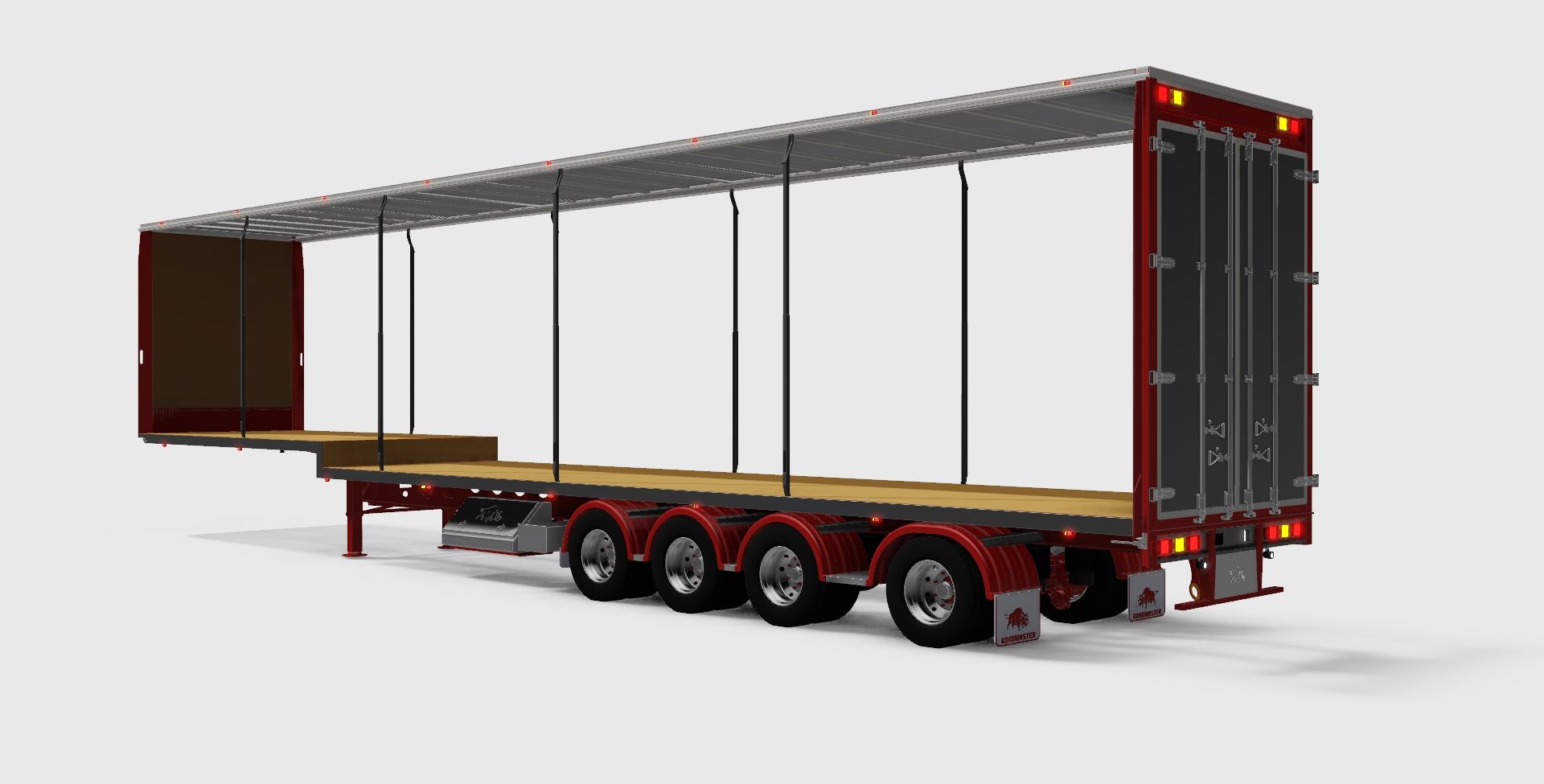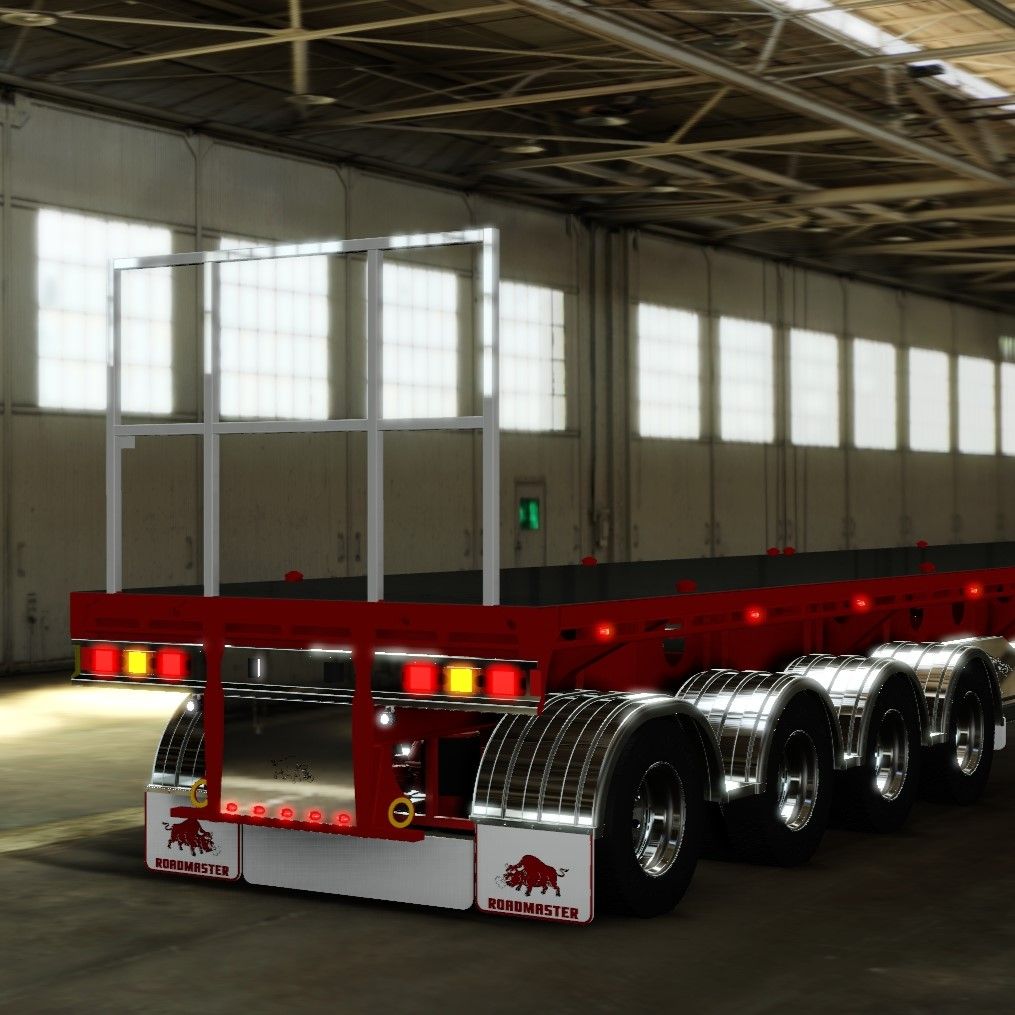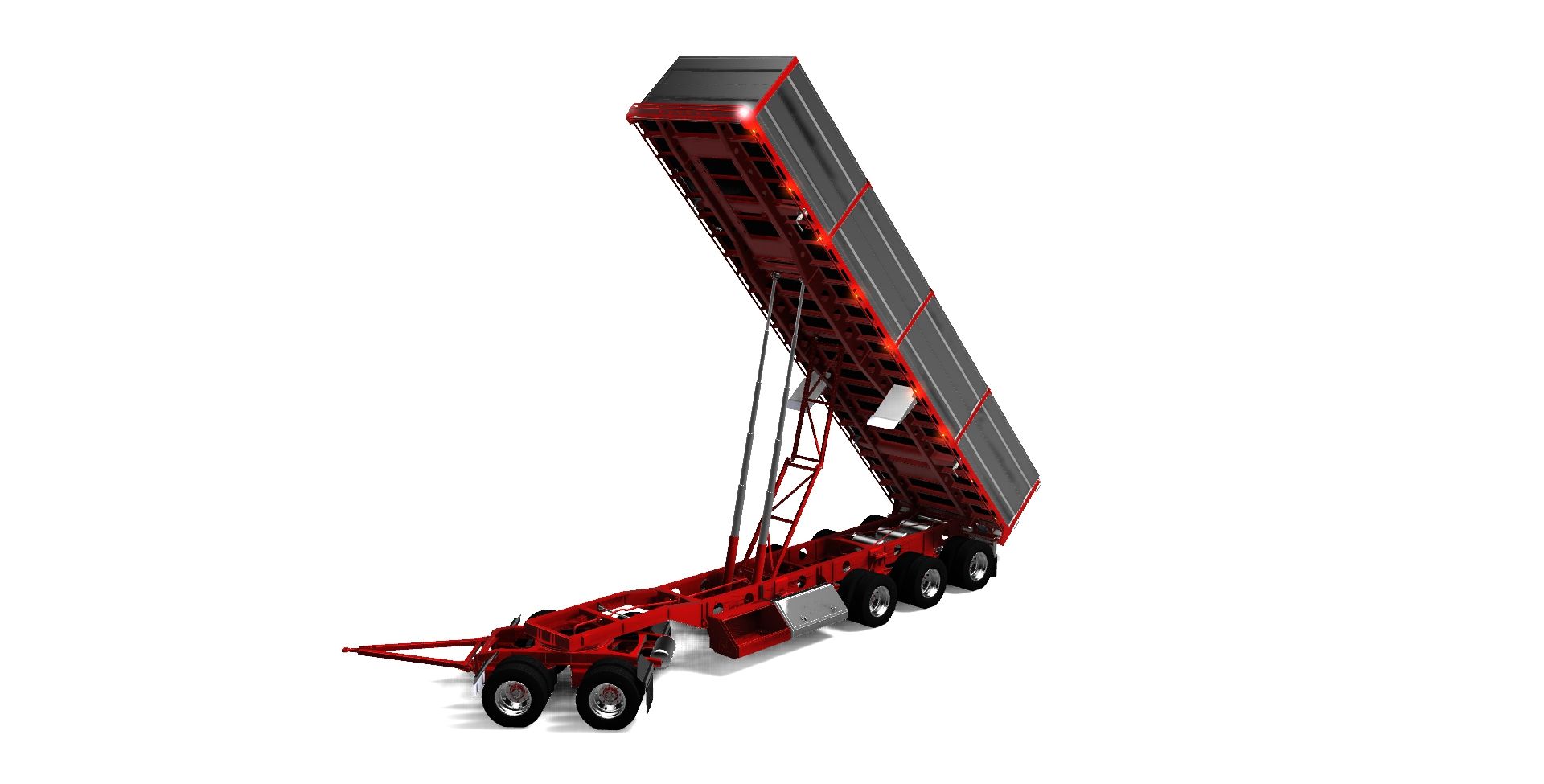Roadmaster: speed, efficiency, accuracy
A reputation for quality since 1991
Roadmaster is a heavy transport company specialising in designing and manufacturing trailers and truck bodies. Since 1991, Roadmaster has led the market with a focus on quality – they’re known for truck bodies and trailers that last the distance.
As Darren Cooke, Roadmaster’s Engineering Manager says, “that reputation for quality is a lot to do with their culture, which is all about encouraging each employee to achieve excellence for their clients. Every employee is committed to that, which is the heart for our successful business.”
The company can spec and manufacture standard trailers and truck bodies, but what they’re renowned for is their bespoke work. Much of Darren’s role is spent in digging into the customers’ requirements, so their designs are a perfect solution.
“That can be a challenge, but those challenges are good – it’s satisfying when you succeed and everyone’s happy,” says Darren.
Project Location:
Rotorua
Software Used:
- Autodesk iLogic®
- Autodesk Inventor®


The challenge
When Darren joined the company in 2015, he immediately spotted two issues – the design process was taking too long and the results weren’t nearly accurate enough. That was mostly due to the company’s existing software, which used 2D drawings and needed spreadsheets to manage parts lists.
“I was taken aback by how primitive the system was. I know there were errors and a lot of that was to do with updating parts. You would have to manually change all the parts in different assemblies from out of manual spreadsheets – I really struggled with it,” says Darren.
Those errors would translate into fixes in the shop – time-consuming, expensive and bad for morale.
“It’s disheartening to have to do things over.”
Every new project had to be created from scratch, so even designs for a standard trailer would take up to a week – what Darren calls the “curly jobs” would be months in the making.
The 2D environment also created a challenge when it came to client expectations – there was no way Darren could be sure the client truly knew what they were getting until they came to see it in the shop.

The solution
Darren came from a company that used Inventor and knew it could make a huge difference to the teams’ efficiency, accuracy and client service. Inventor could automate a lot of the process, which would speed things up and remove much of the opportunity for human error.
“The parts will update automatically, and your drawings then update your cut files – it just works better.”
The company uses Autodesk Vault to store all their standard designs, which form the basis for most of their projects. A standard design gets pulled into a job folder, where the team makes small adjustments to suit the client’s needs using iLogic. This makes for an extremely fast process.
“The models are quite complex, but we can pick out what we do and don’t need, hit the pretty ‘go’ button and it all jumps into shape,” explains Darren.
The efficiency means that the Roadmaster engineering team gets through their work faster than they thought possible.
“We’ll have a dozen trailers in our system and bang, see you later. Everything flows – the workshop flows.”
Darren also says Inventor makes it easy to show clients what to expect.
“I can take a screenshot and send it to customers to give them a realistic view. So, by the time something is going off to paint, the client can come for a look and I know there’ll be no surprises. He’s seen it on paper.”
“It just works better – the parts update automatically and your drawings then update your cut files. We’re getting it right first time based on accurate drawings. So, we can move more into the bespoke space, because our standard designs are covered.”

The result
While the company never tracked error rates, Darren has seen rework go way down.
“We’re getting it right first time based on accurate drawings.”
The huge decrease in time spent on designing standard trailers – from a week to ordering cut files in just 20 minutes – means they can claim more of the bespoke work.
“We can move more into the bespoke space because our standard designs are covered,” says Darren.
It’s also significantly freed up Darren’s time – even with five (we have 6 seats) people working under him, he would have to “lock himself away” to produce jobs, just to get through the workload.
“Now, I get to do my job, which is managing the whole thing,” says Darren.
Learn more about Roadmaster